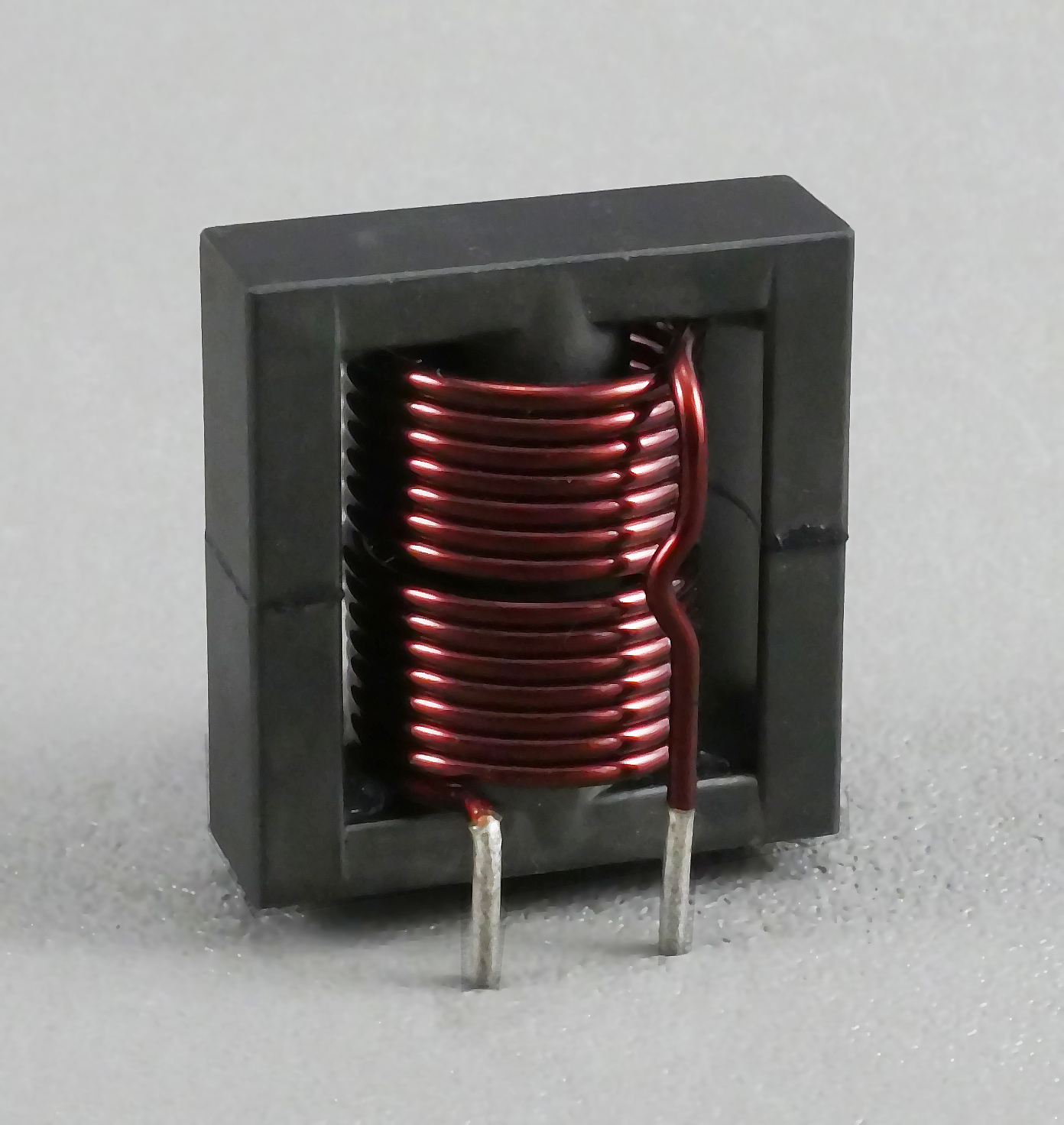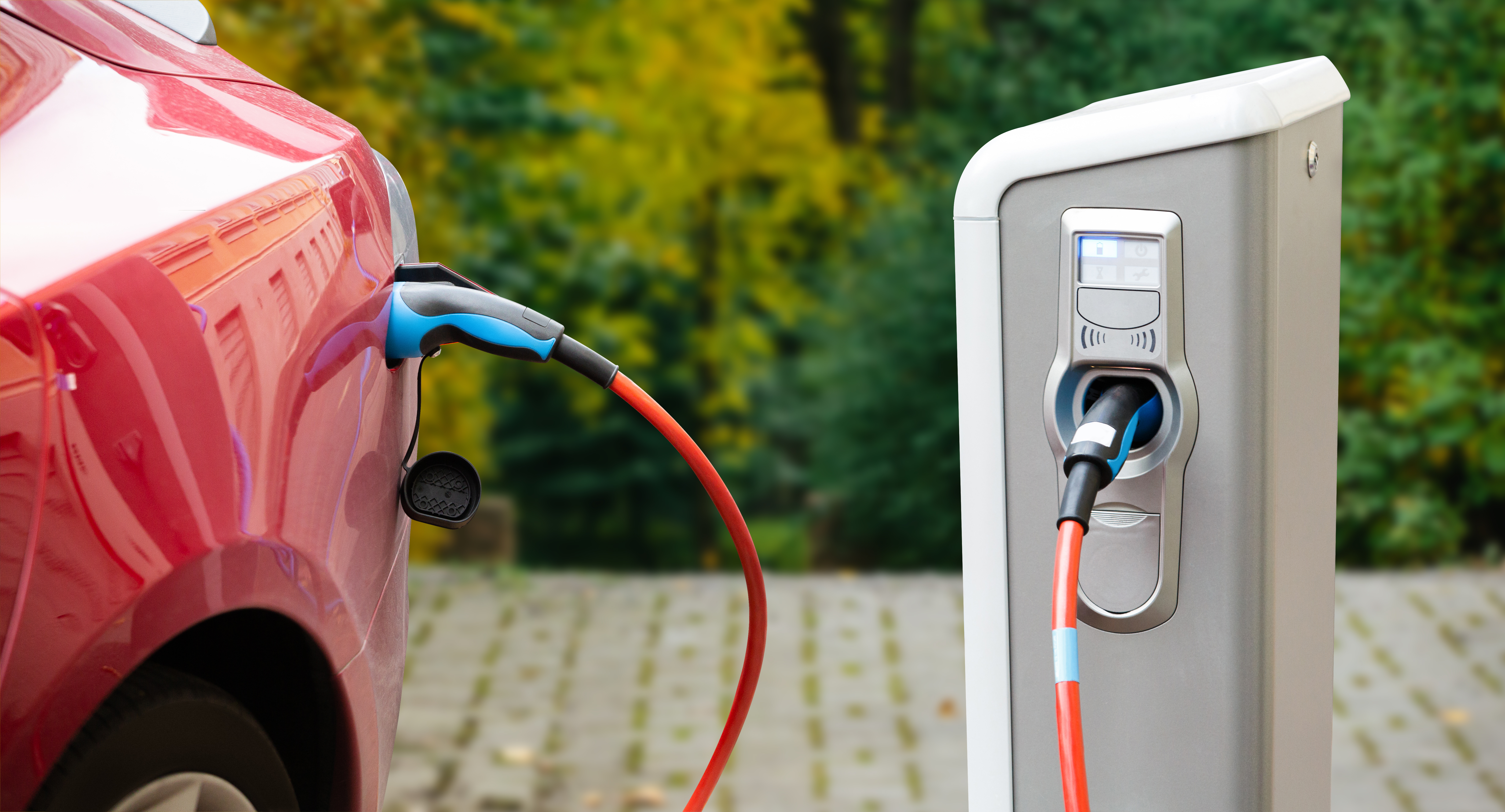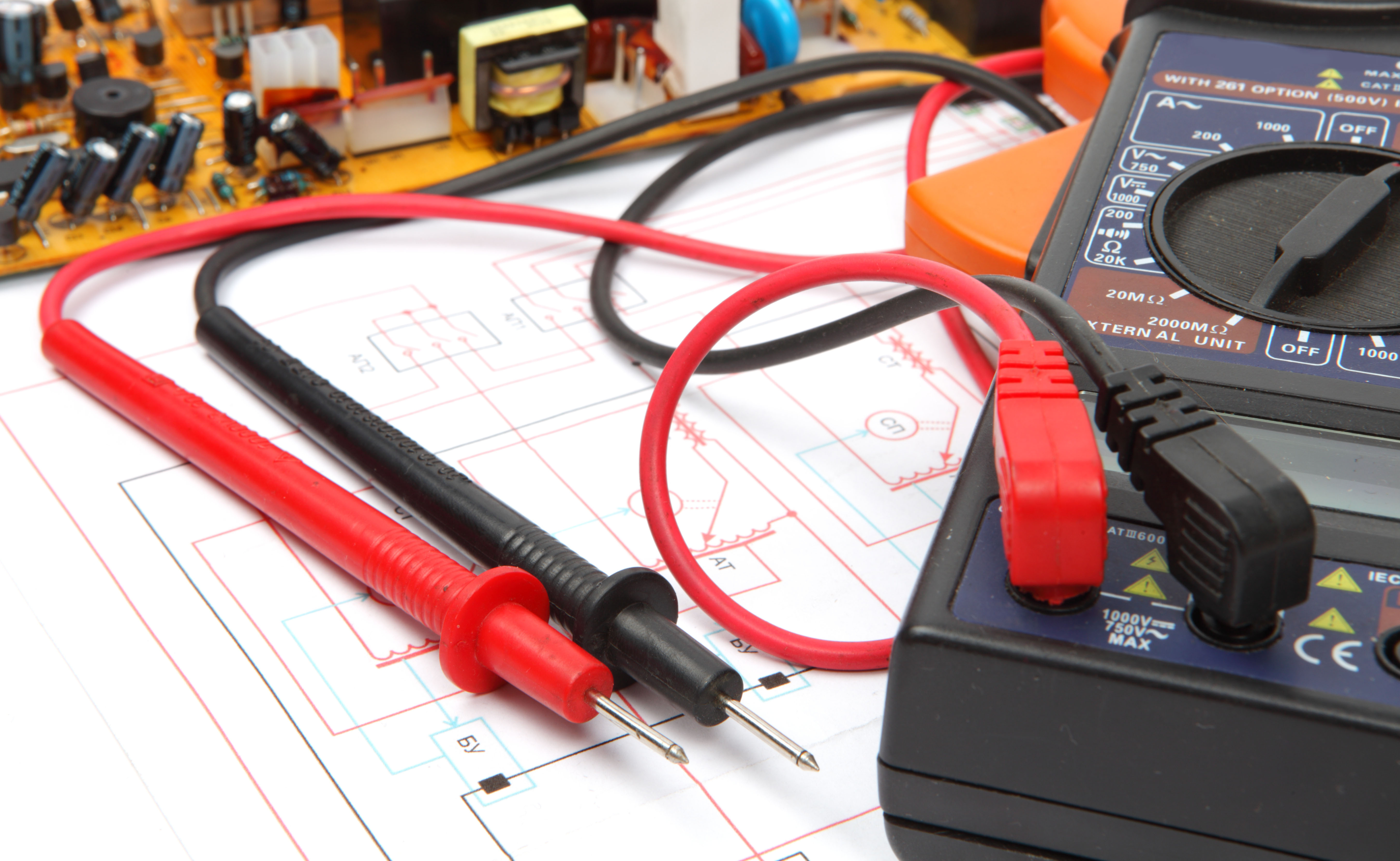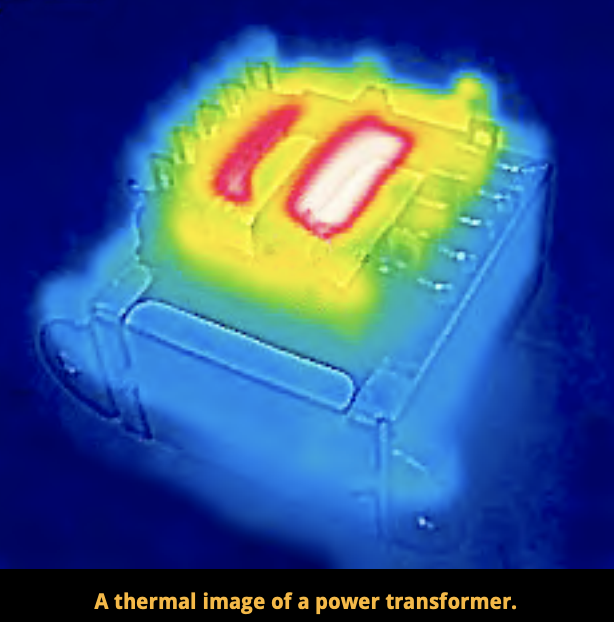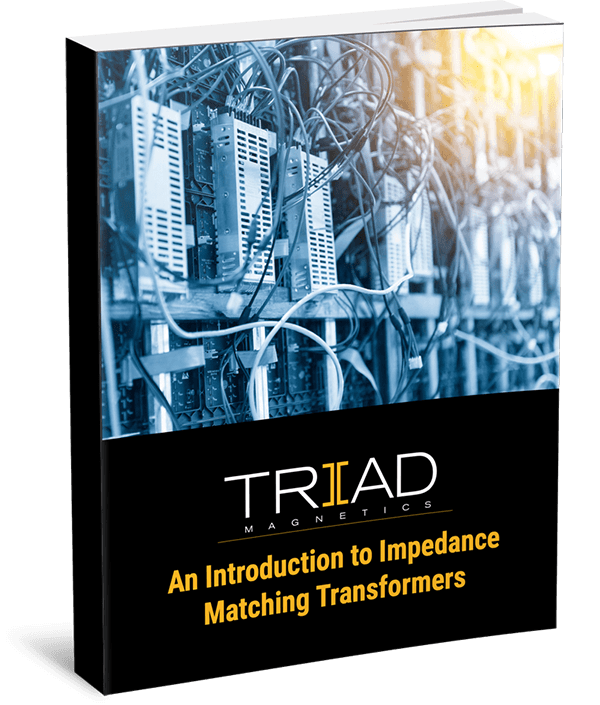Complex electronics sometimes create stray electromagnetic fields, which can interfere with the performance of other electronics. This problem is especially prevalent in confined spaces like hospital rooms and surgery floors, and interference can be even more dangerous when it applies to delicate tools such as health monitoring equipment.
Recent Posts
Exploring Current Sense Transformers
Commonly employed in high-current circuits, current sense transformers (CSTs) are a type of instrument transformer used to measure current values in a conductor. In current transformers (CTs), the primary has very few windings and is connected in series with the conductor carrying the current to be measured. The secondary contains a number of windings that are wound around a secondary [...]
Litz Wire vs. Copper Foil
In our most recent blog, we introduced Litz wire and discussed its various uses and properties. Litz wire is a multi-strand wire used to conduct alternating current (AC) at radio frequencies. Individually insulated magnet wires are braided together in a pattern that helps reduce AC losses from skin effects and proximity effects found in high-frequency windings. In this blog, we’ll compare Litz [...]
How Does Temperature Influence the Lifespan of a Transformer?
All electrical devices produce heat as an operational byproduct. In transformers, normal operation causes an internal temperature increase or temperature rise. When the transformer is at its nameplate rating, the transformer temperature rise is the average temperature increase of the windings above the ambient temperature. This increase in temperature has the potential to shorten the [...]
Basics of Inductors
Inductors are used across many industries to store energy, regulate the flow of current, and create impedance. Circuits require different types of inductors as well as core and winding styles to perform optimally in a given application. Understanding inductor properties is the best way to determine which materials and shapes are best suited for your custom needs. This blog post will discuss the [...]
Transformers and Inductors for Electric Vehicles and Charging
Electric cars are increasingly becoming popular due to their efficiency and smart features. Improved safety capabilities, such as autonomous driving and advanced driver-assisted systems, are fueling the demand for higher quantities of increasingly complex onboard electronic control units (ECUs). To function optimally, these circuits require automotive inductors and transformers with unique [...]
Impedance vs DCR: What Is The Difference?
Impedance and resistance are similar ideas that both represent how a component fights against the flow of current. Since they both use ohms as units, there can often be some confusion about their differences. In general, DCR, or DC resistance, is a value that represents the amount of resistance any circuit or device can offer when a DC signal of 0 Hz passes through it, while impedance describes [...]
UL Listed vs. UL Recognized: What's the Difference?
Underwriters Laboratories (UL) is a globally recognized standards company that works to establish safety guidelines and industry standards for the design, production, and marketing of a wide variety of products and components worldwide, with a particular focus on products manufactured and disseminated in North America. UL is dedicated to the development of more secure and sustainable products [...]
How Losses Affect Your Transformers’ Performance
Transformers experience losses due to the electrical current flowing through the coils and the alternating magnetic field in the core. The losses associated with the coils are known as conduction losses, while the losses arising in the core are referred to as core losses. Conduction losses occur due to the resistance of the coil wire, causing some of the electrical energy to convert into heat [...]
An Introduction to Impedance Matching Transformers
In order to keep your audio equipment running smoothly, avoid unplanned downtime, and properly maintain equipment, you need to first ensure that your electrical systems are in check and free of common problems. Electrical impedance, in particular, can hinder the performance of your equipment and cause major, system wide issues.







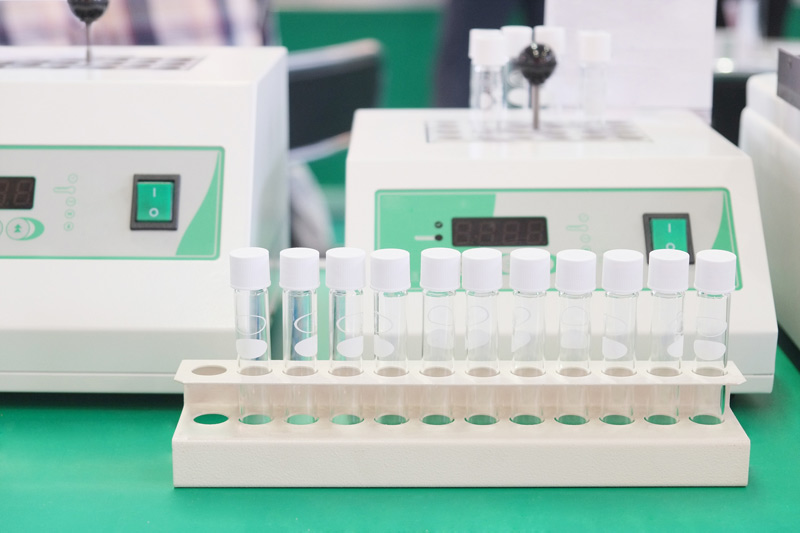

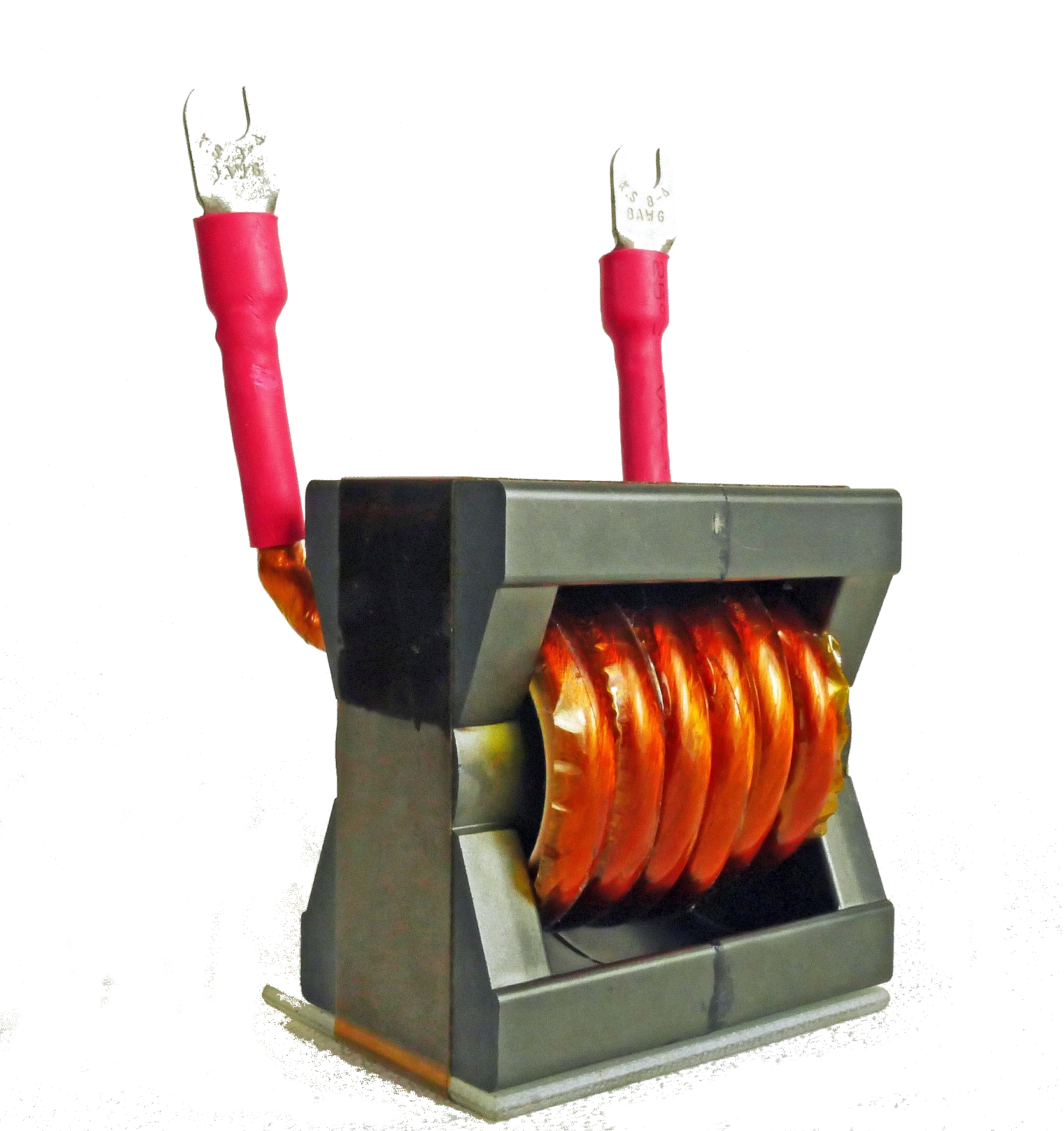
.jpg)
